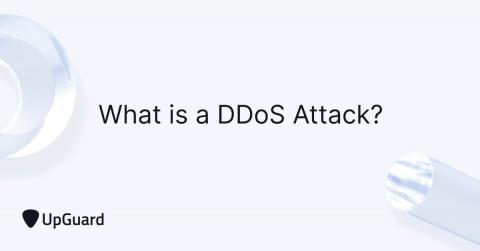A CISO's guide to sensitive data protection
As companies become more digitized, they must take appropriate steps in their application security processes to ensure data protection. The SolarWinds software supply chain attack, which was delivered to over 18,000 customers via the company’s own software update process, was the result of malicious code deployed in SolarWinds’ Orion network monitoring software.











